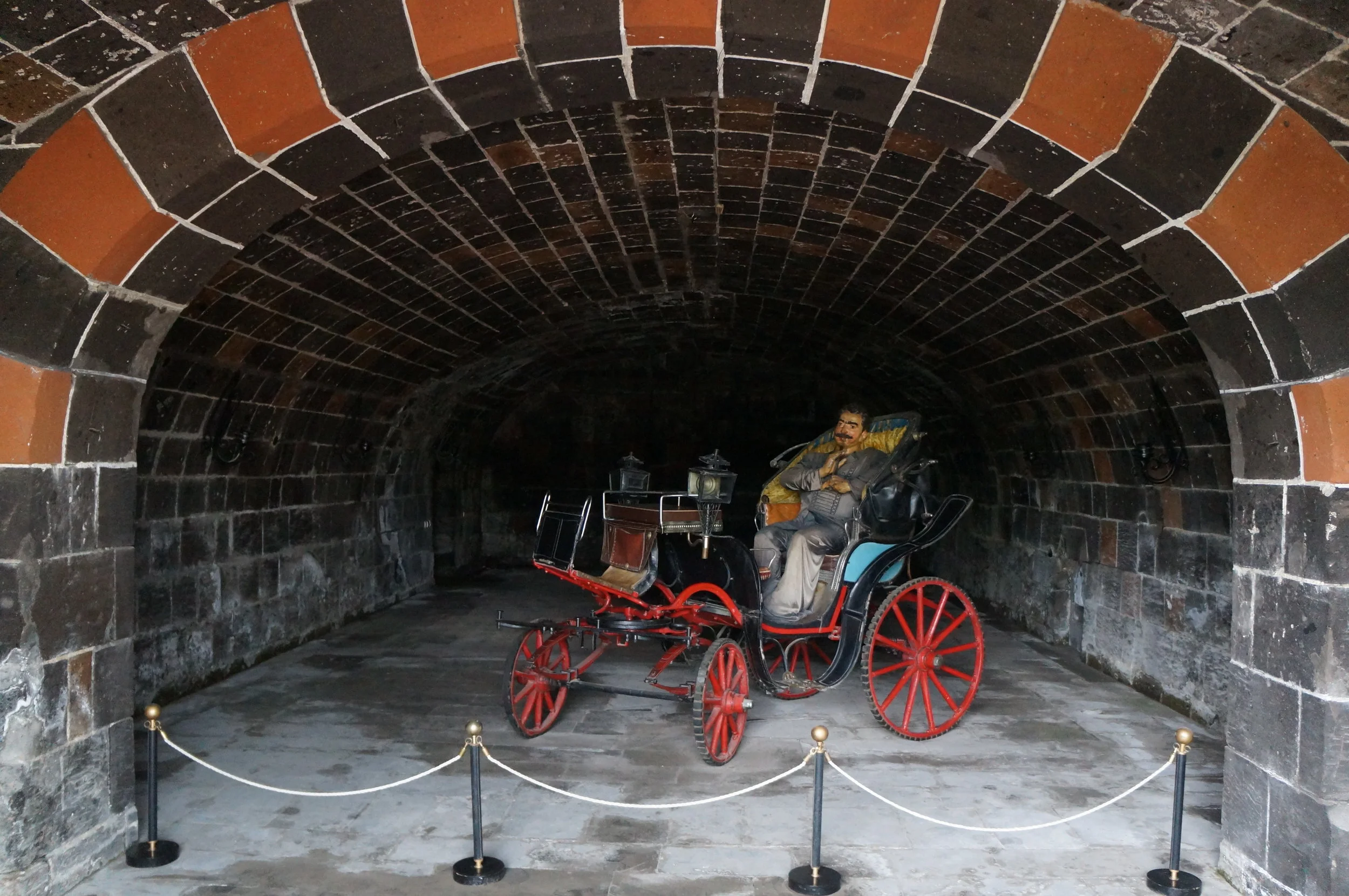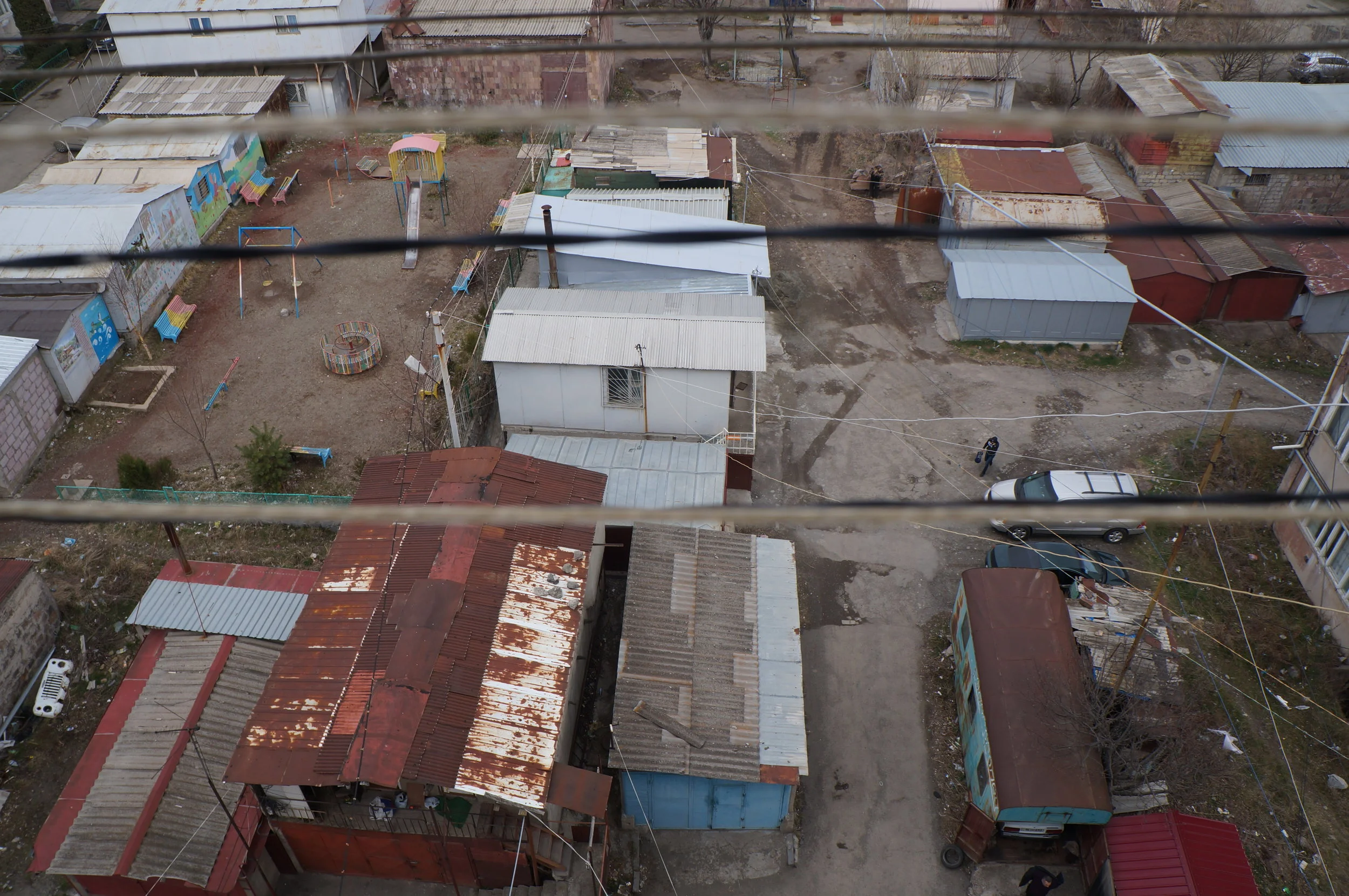The Value of Oral History
Why tell stories? Stories are the ultimate medium of connection. They are the most engaging and memorable part of a conversation with a friend. They are an exercise of our inner voice - no two individuals tell a story about the same event in quite the same way. A story about the past has the power to alter our perception of the present and likewise shift how we imagine the future. Stories are relatable because they contain triumphs and struggles with which we identify, in the process forming an emotional connection between strangers far apart in distance and time.
Our goal is to tell personal stories about the 1988 Armenian earthquake: how it reordered the way people narrate their lives and how their identities changed. While there is much tragedy in the disaster, there is also much hope. People who survived this event grew up, pursued new goals, and became strong, motivated citizens who want to help their country and give back to those in need.
Here at Story Beyond The Ruins, we use techniques of oral history to keep a record of what happened, in the words and memories of the people who experienced it. This website contains spoken narrative about just one historical event from points of view varying in age, location, profession, and life experience. We think learning from the sum of these stories offers a richer view of history.






